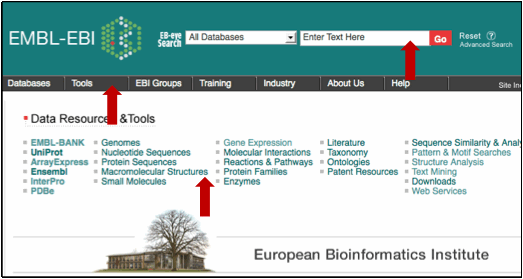
History of Bioinformatics
Heading 2
-
1965 - Margareth Dayhoff collects in an atlas the studies based on the analysis of protein sequences that had been determined and published starting from the theories of Pauling on molecular evolution.


• 1970 - Needleman and Wunsch publish the algorithm for the research of the best global alignment between two sequences.

• 1971 - Gibbs & McIntyre publish a method to visualize regions of more or less stringent similarity based on the dot-plot matrix. This method has been used in many comparative analysis algorithms.
• End of the '70s - Bioinformatics is born: in this period the first nucleotide sequences are published and they start to feel the need to have computer archives, which can be consulted at any time and which contain the analysis of the sequence data.
The atlas of Margareth Dayhoff is converted into electronic format in the NBRF (National Biomedical Research Foundation) database.

• 1979 - Roger Staden realizes the first data analysis pack.

• Early 80s - The Heidelberg EMBL laboratory promotes the establishment of DNA and RNA sequence databases: the EMBL datalibrary.

• 1981 - Smith and Watermann publish the algorithm for finding the best local alignment between two sequences.
• December 1981 - The first release contains 519 entries related to 519 nucleotide sequences that are then published and archived by Kurt Stueber in an electronic document.

• 1983 - Wilbur and Lipmann publish an algorithm for the search of similarities in databases.
• Second half of the 1980s - The first specialized databases such as PROSITE, EPD and PDB are produced.
• 1985 - FASTA is published, a program used by biological researchers.

• 1982 - The first release of the GenBank database, an archive produced by Walter Goad, is published.





• 1986 - The Japanese database (DDBJ) is created. An international collaboration is established between EMBL datalibrary, GenBank and DDBJ.
• 1990 - BLAST.FASTA and FASTA are the two most used programs by biological researchers for the search of similarity between sequences.

• 2000/2001 - Human Genome Project: the human genome is completely sequenced and assembled.




